The content of the article
In this article we consider a large family of Lepidoptera, which is called nothing more than a dipper. This includes the varieties of butterflies that we will analyze in this material. All of them differ in overall characteristics, color, distribution and other aspects. On the expanses of our homeland there are about 60 species, but it is impossible to study all of them at one time. We discuss the most common, highlight their features.
Family Features
- The name came from caterpillars that are distinguished by their hairiness. The body is covered with brown-black hairs. They are close enough to each other, thereby imitating the skin of a bear. As a rule, in most representatives of the species, hairs are collected in bundles. They have a certain landing, imitating many moles (or warts).
- Due to the special cover, the caterpillars are protected from gaiters living in the natural environment. They prefer to hide from predators, eat grass, lichens and mosses growing on trees for food.
- These members of the family are considered to be large. They have a dense body, medium or large sizes. Many individuals are colored colorful, and some may be monophonic. The front wings are larger than the hind ones, they are triangular. Almost all individuals of this family are awake at night and in the evenings.
- A variety of individuals is common in European countries right up to the border with Sweden. Lepidoptera representatives are found in Turkey, Asian countries, in the vastness of our homeland. Butterflies live mostly in the Caucasus and the Urals.
Varieties
Black yellow
- Individuals are quite large, grow up to 7 cm in body. They prefer to live in Brazil and Colombia. Also found in other areas of South America.
- The color is motley on the wings, but the body itself is not bright. The main colors are yellow, golden and black. The name comes from Greek, characterizes exclusively the color.
Red dot
- A fairly small variety and a population of the same size makes them valuable among professionals. Lepidoptera prefer to live in Asia, Africa and Europe.
- The name came about thanks to the special pattern for which individuals of this variety are famous. They have a bright dot contrast. The species is rare, can be found in the meadows.
Hera
- The hind wings are pigmented in red; black spots are present on them. The front wings are famous for the presence of light stripes in the amount of 3 pieces.
- Most individuals are found in European countries, as well as Central Asia. Lepidoptera inhabit the fringe, meadows, in shrub and steppe areas. They love larch; they will be found at the end of summer.
- A distinctive characteristic is that the caterpillars hibernate, and the butterflies themselves lead a daily life. This species is rare due to human activity.
Purple
- These representatives of the family like to live in temperate climatic zones, so they can be found in Asia and some European countries.
- They differ from others in their habitat, live near sandy terrain and wastelands. Small individuals in terms of wingspan reach about 4 cm. Painted in yellow with black spots.
Fast
- In most cases, individuals of this species have the largest distribution area in North Africa, East Asia and Europe. Often, such butterflies settle exclusively in moist pine and mixed forests.
- Butterfly wings are painted white. In addition, they have small black blotches. Their scope can reach up to 5 cm.The individuals are predominantly daytime. The greatest activity is shown from the beginning of summer to the middle.
Kaya
- The most popular among all the individuals represented is the species of kaya butterflies. The largest distribution of such insects occurs in Asia, Europe and North America.
- Moreover, in the central part of Russia this species is very common. Butterflies are common in the Far East and Siberia.
- The wingspan of such individuals can reach up to 7 cm. On the outside, the wings are painted in white-brown tones. In addition, they can be seen on a sinuous pattern of irregular shape.
- The hind wings have spots that can be red-orange with blue or black spots. Butterflies do not eat due to poorly developed proboscis. Therefore, individuals do not live long.
Gloomy Trans-Caspian
- The presented species is considered one of the largest among those considered. The wingspan of such a butterfly can exceed 10 cm. Moreover, such insects have impressive dimensions. Insects mainly live in caves and in crevices of rocks.
- In addition, butterflies lead an extremely unusual way of life, they can live not only in caves and rocks, but also far from them in mixed grass steppes.
Mistress
- The species in question, unlike others, cannot boast of impressive dimensions. Its wingspan barely reaches 5 cm. In addition, the insect boasts an unusual appearance.
- The front wings are dark in color with light spots. Hind wings can be bright red or orange. In addition, they can see dark spots.
- Such butterflies are widespread in southern and central Europe, the Caucasus and the Caucasus. Most often, insects live on grassy slopes, clearings, clearings and in ravines.
Individuals make only one clutch per year. After about a week, beautiful caterpillars with hair all over their body appear. Such individuals eat almost everything that they meet on the way. If colds come, the larvae hibernate before the onset of heat. After they pupate. After some time, butterflies appear.

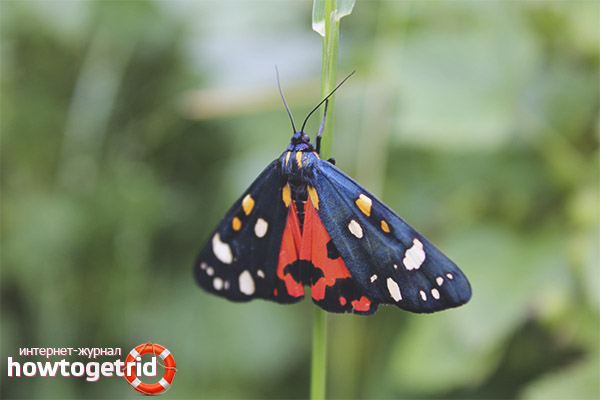
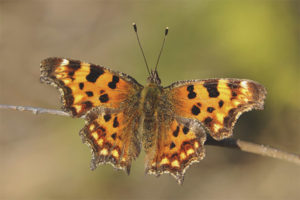

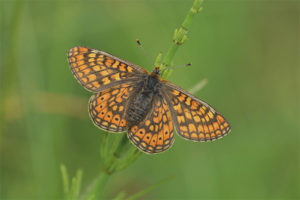
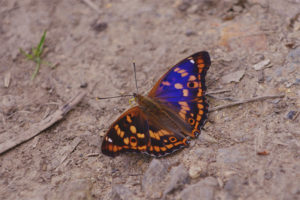

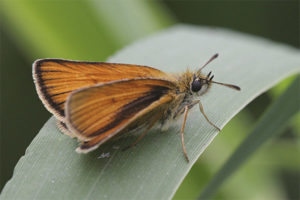
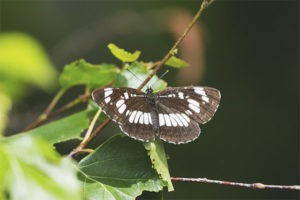
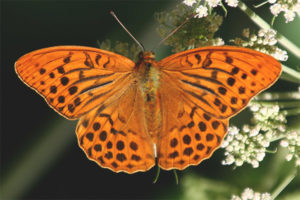
Submit